

Highway 180 bisects the Museum of Northern Arizona campus
Besides the inspiring exhibitions, the Museum of Northern Arizona has 200 acres of land, including gardens, trails, a library, and many historic buildings. Some of the outdoor spaces are open to the public, such as the gardens and trails. Collections areas and research laboratories occasionally offer Behind-the-Scenes tours. Other areas, including the Discovery Village and Pearson Hall, are used for public programs and private events. Highway 180 bisects the campus, with the museum building on the south side of the busy road and the other facilities to the north. When visiting the campus, please respect that you are on private land where people are working.
Download a printable Main Campus Map or Full Campus Map, or browse the interactive map and links below.
The Buildings
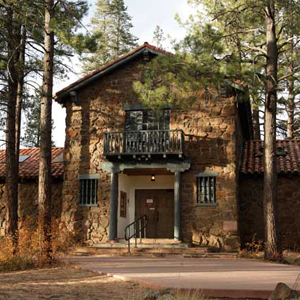
Museum Building
Built during the Depression with local malpais (lava rock) masonry, the museum building opened in the spring of 1936. Additions have expanded the facility over the years, including the Branigar/Chase Discovery Center auditorium, which can be rented for events. The building was added to the National Register of Historic Places in 1993.
Learn More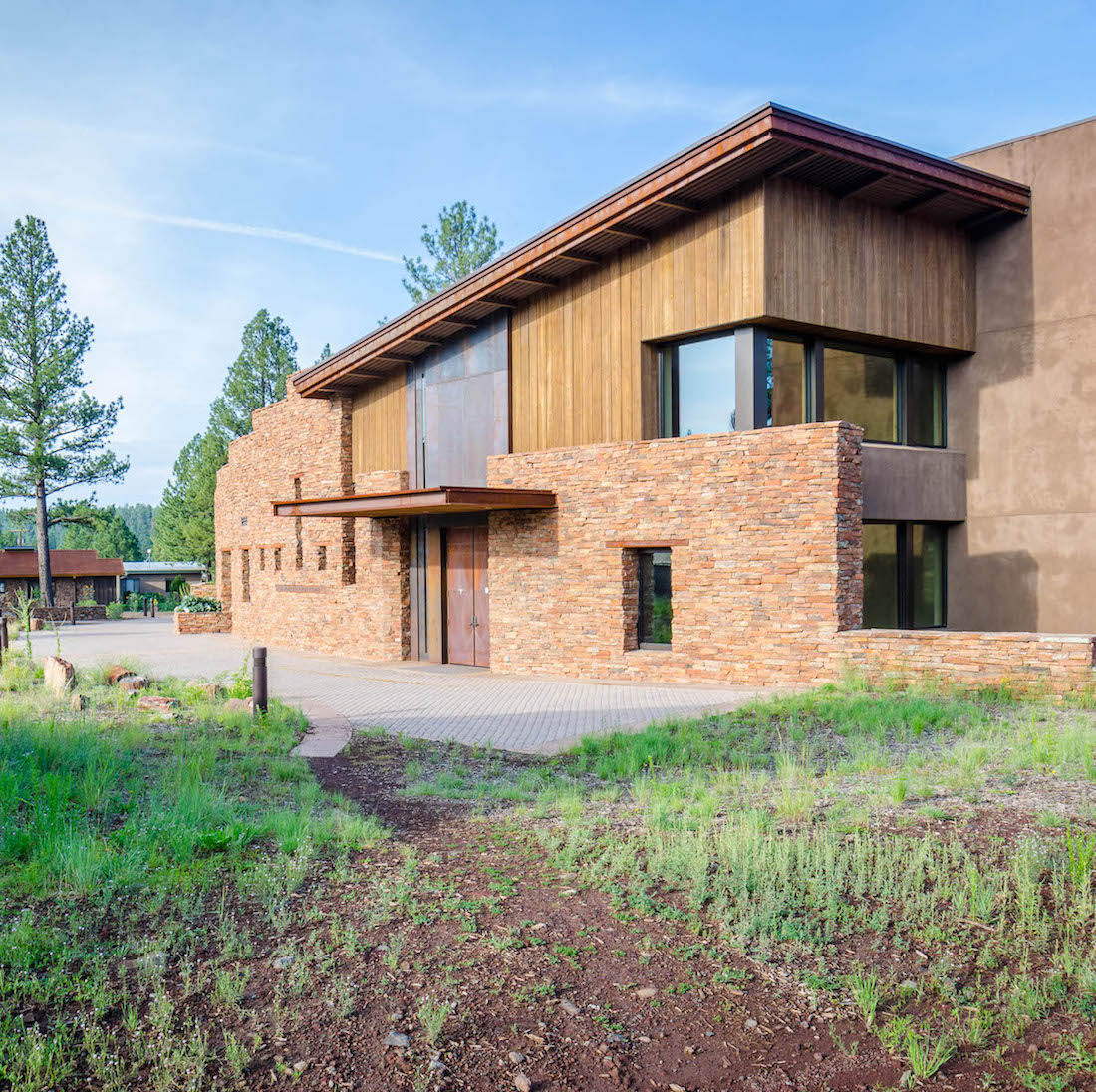
Easton Collection Center
Dedicated in June 2009, the Easton Collection Center (ECC) provides a stable and secure environment for collections. The 17,000 square foot building is an impressive piece of environmentally friendly architecture.
Learn More
Administration & Library
This building contains the Harold S. Colton Memorial Library as well as offices for public programs, development, marketing, and finance. Built in 1953 it was originally a 12,000 square foot building and has been expanded over the years. An addition in 1972 doubled the size of the library, which now includes the Katharine Bartlett Reading Room and book stacks.
Learn More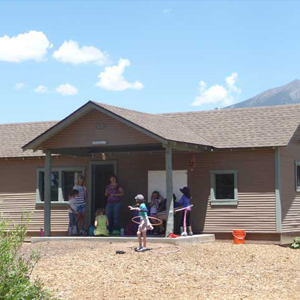
Discovery Village
This cluster of historic buildings is used for kids camps and programs. The Discovery Village is off Highway 180 at the end of Winding Brook Road. Download a Printable Discovery Village Map here.
Learn More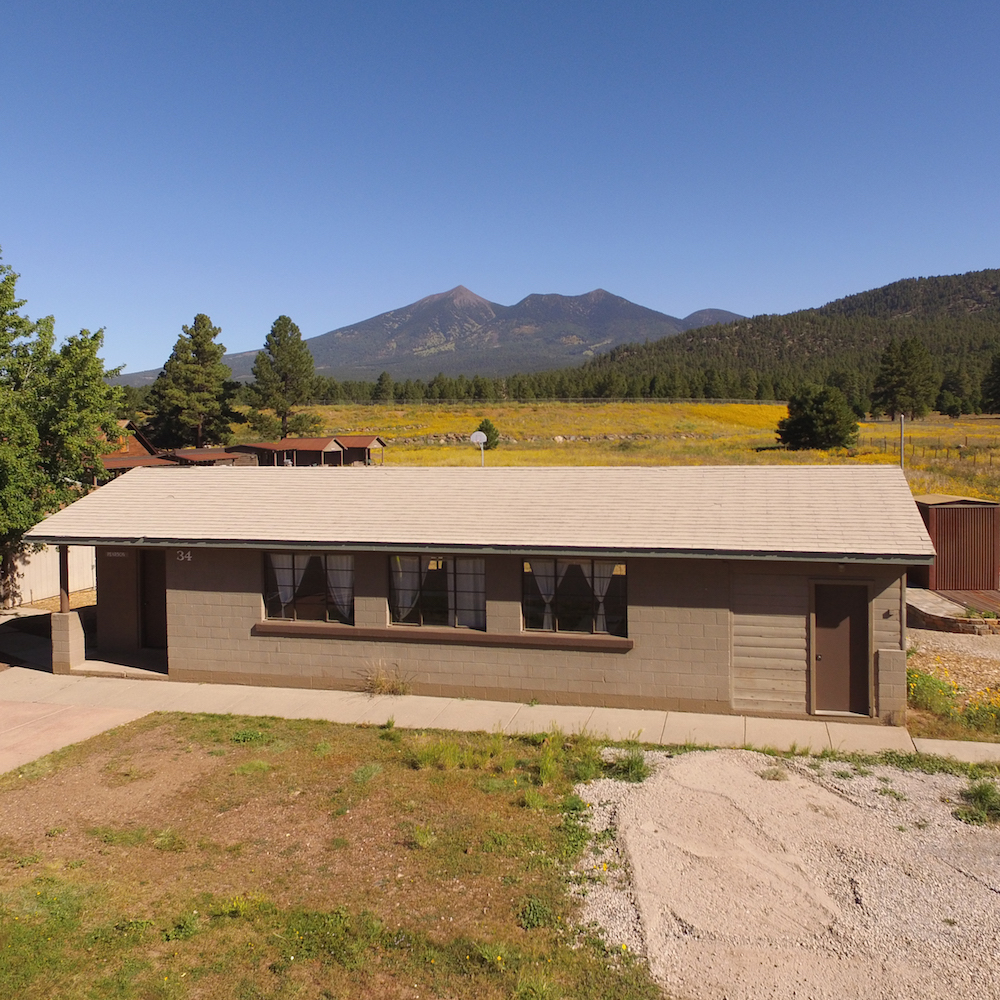
Pearson Hall
This cinderblock seminar hall was built in 1955 and named for NASSA board member Gustaf A. Pearson. He was the Director of the US Forest Service Fort Valley Forest and Range Experiment Station. It is used for meetings and as a classroom and can be rented for private events.
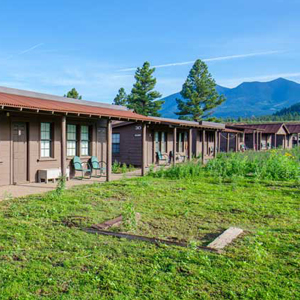
The Coops
Rustic cabins used to house interns, visiting scholars, and artists in residence.
Learn More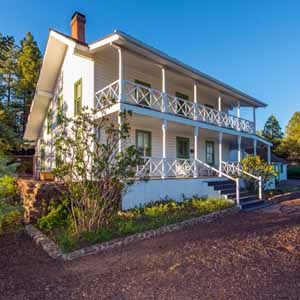
McMillan Homestead
Long considered the oldest remaining Anglo-American residence in Flagstaff, the McMillan Homestead was built in 1886 by Thomas Forsythe McMillan.
Learn MorePotato Barn
Built in the 1880s, this log barn is one of the original structures from Thomas McMillan’s homestead. Sawdust insulates the space between the double log walls to create a cool storage area for potatoes and other crops.
Hilltop (Facilities Office)
Now used as offices, this four-room frame cottage was built in 1927 for the farmer who leased the farm operations from Mary-Russell Ferrell Colton. Since then it has been renovated and enlarged several times.
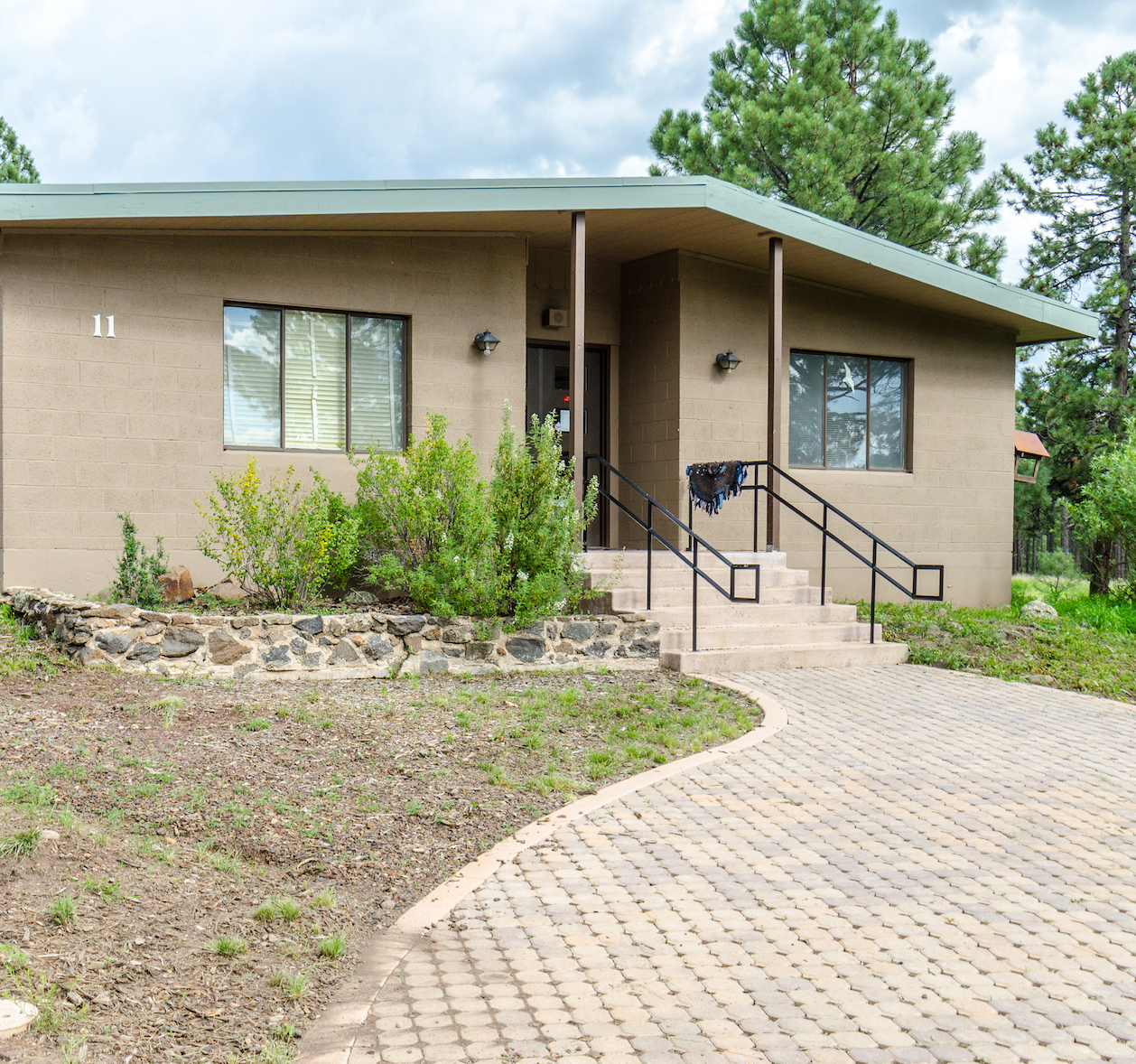
Anthropology
A wing was added to the administration building in 1963; it was built by US Geological Survey funds to house the astrogeology branch of USGS. The space was later turned over to the MNA Anthropology Department and additional rooms were added to provide bulk archaeological storage.
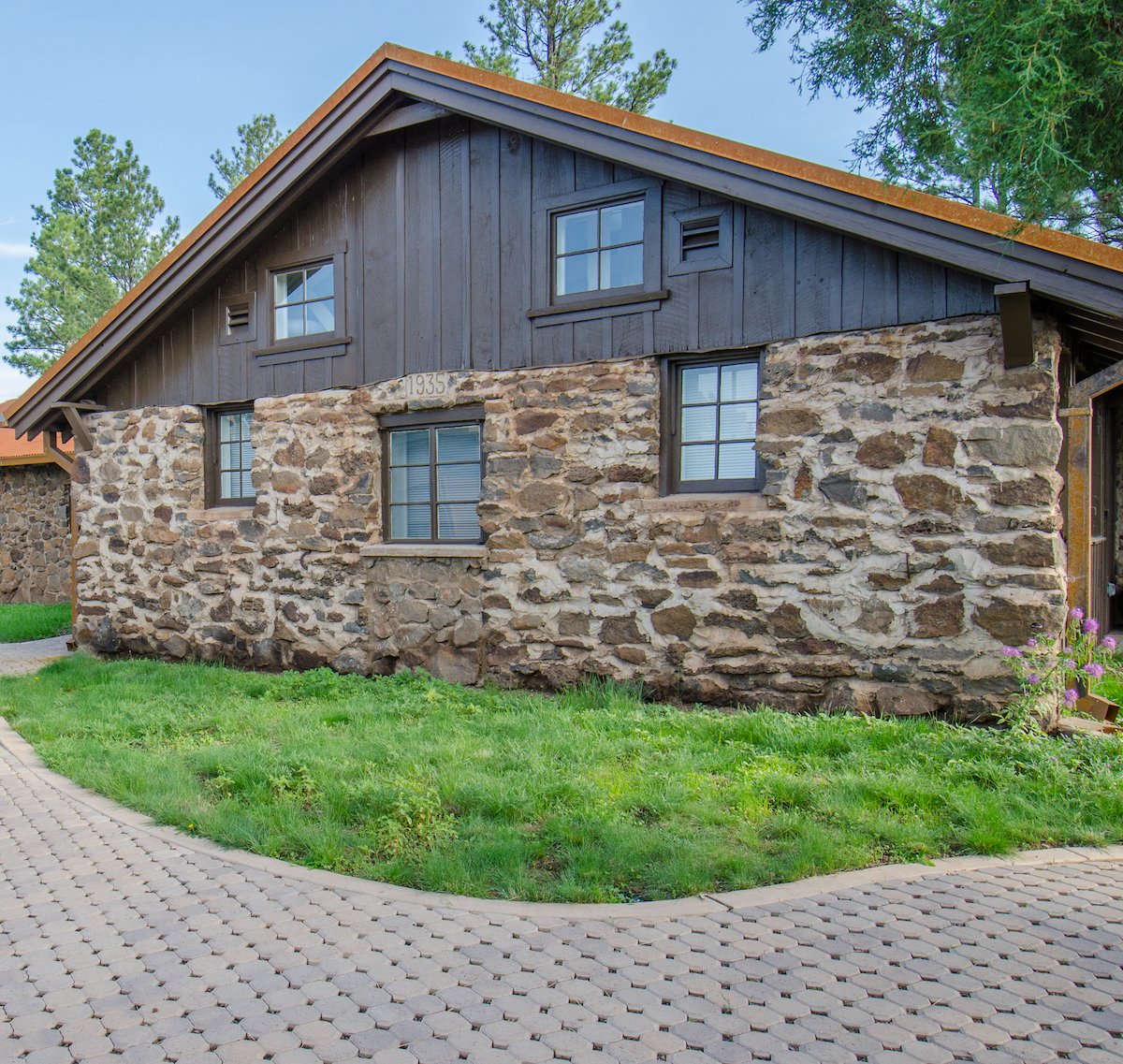
Powell Building (Biology)
Originally built as dairy barns in 1935, these malpais structures are now used as botany and ecology labs. The floors had chipped cement to keep cows and calves from slipping and a walk-in cooler used for keeping dairy products. It was converted into offices and labs for geology and biology in 1945.
Brady (Geology)
This structure was built with National Science Foundation funds in 1966 and contains six offices, a conference room, dark room, vault, storage areas, study areas, and preparation rooms. It is named for longtime MNA geologist “Major” Lionel Brady and houses the Geology Department and collections.
